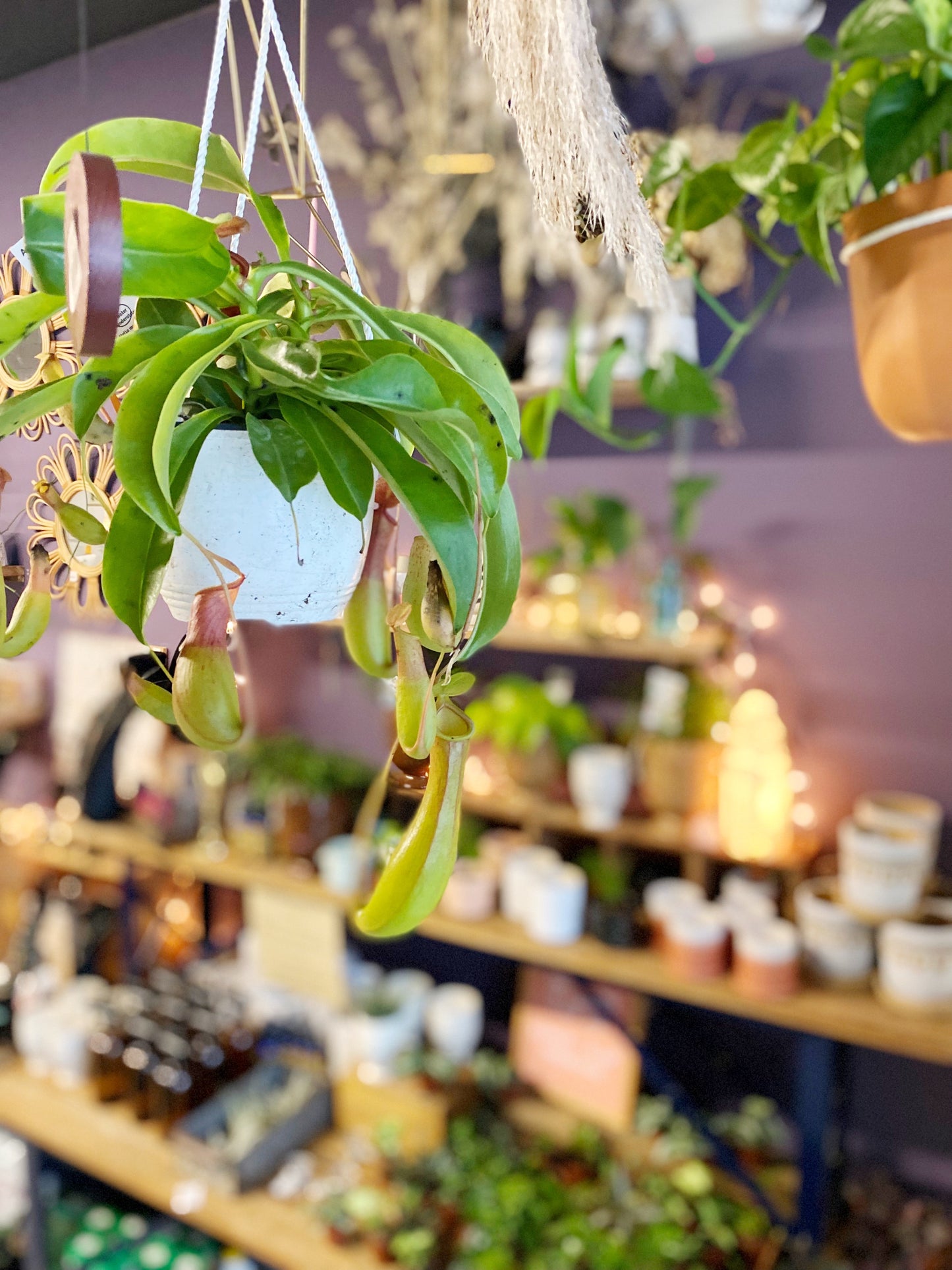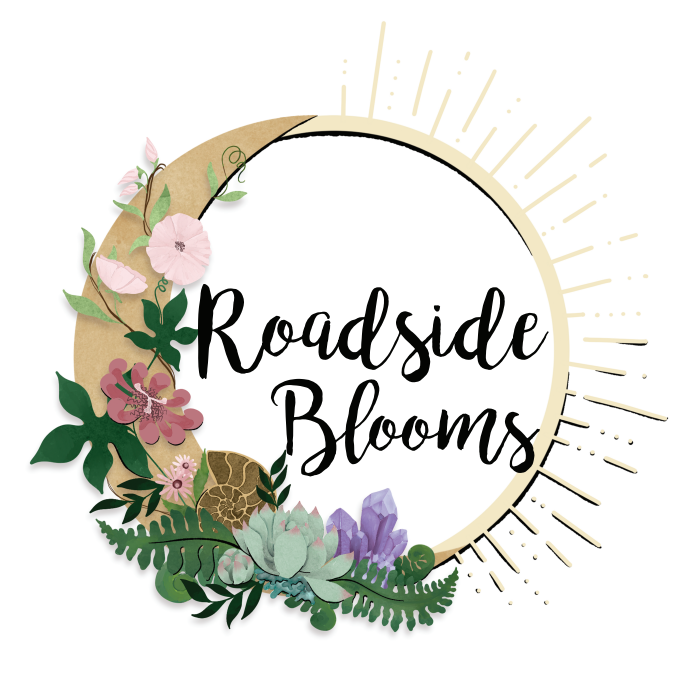

By Toni Reale
Carnivorous plants have fed our imaginations since the dawn of our time. Charles Darwin called the most popular variety, the venus fly trap, the “most wonderful plant on earth”. Even the film The Little Shop of Horrors entranced viewers with its memorable, larger than life carnivorous character.

Carolina Natives
There are over 625 truly carnivorous plant species and over 1000, of what scientists consider sub-carnivorous varieties in the world. According to Clemson University, South Carolina is home to 25 native carnivorous plant species. These include types of pitcher plants, sundews, fly-traps, butterworts and more.
Interestingly, North and South Carolina is the only place on earth that venus fly traps grow naturally. Carolina Bays, elliptical wetlands are all oriented in the same direction, are a scientific phenomenon and home to many carnivorous plants. These plants prefer the nutrient deficient soils found at the edges of bays and other bogs. Sunlight is plentiful in their natural habitat which allows these plants to use photosynthesis as their primary energy mechanism, however, scientists believe that the lack of soil nutrients was the impetus for the carnivorous adaptation.
Lure, Trap and Digest
Carnivorous plants all have some sort of morphological mechanism to trap the insect. Pitcher plants have a pitfall trap, Sundews use a sticky trap, and Venus Fly Traps use a snap trap, to name a few. These plants need a way to lure insects into their traps. According to the International Society on Carnivorous Plants, some species secrete a sweet nectar, some have an attractive fragrance, some have hairs that point in a direction where the insect can’t come out, and some even have special “windows” in their traps that disorient their prey. Once these sneaky plants capture their prey, they must digest it so that the nutrients can be absorbed into their tissues. Digestion can be accomplished using the plants own digestive secretions, or with help from internal bacteria, much like humans using the aid of stomach bacteria to digest food.
You Too, Can Create a Backyard Bog
Jennifer Holstein is a local dedicated enthusiast who has been growing carnivorous plants for over 15 years and educating people about them through mini-bog workshops. She shared her tips of creating a bog over your own.
- Get a decent sized plastic container with holes at the bottom; shorter and wider pots are better. If you want to go big, get a plastic baby pool and put holes in the bottom of it. Be sure to steer clear of terracotta, as they leach minerals.
- Create your own bog soil by mixing together 2 parts peat moss, 1 part sand, and 1 part perlite (be certain it doesn’t contain miracle-gro products).
- Get your soil really wet and continue mixing as you create your mud.
- Put into your container and plant your carnivorous plants into it. The more varieties the better.
- Place your container on a tray where you can bottom water these plants. Ensure that the tray is always filled with water.
- It is best to place your container in the sunniest part of your yard. If you grow indoors, lighting must be very bright or you can supplement with grow lights.

As long as the bog stays wet, has plenty of sunshine and bugs they will grow all summer and into the fall, Jennifer says, and will come back year after year. Like all plants, there will be a dormancy period from roughly Thanksgiving to Valentine’s Day. Jennifer states that at this time old pitchers can be trimmed back. Don’t worry, she says, if your fly traps turn black or your sundews curl up, they are simply storing up their energy for the spring. She’s found success with leaving them outside during this time, but if there is a deep freeze bring your bog onto a covered porch. All this work pays off, she says, as when spring comes these plants emerge with the most incredible and unique flowers.
Sourcing
There are many ways to start your carnivorous plant collection, but harvesting from the wild is not one of them. According to the S.C. Department of Natural Resources, it is illegal to take any plants or seeds from any protected lands that they manage. While it may seem like a harmless act, these carnivorous plants are part of an ecosystem and removing one does damage to all.
There are both local and on-line purveyors of ethically sourced carnivorous plants. Jennifer, cautions sourcing from any non-regulated source or grower such as flea markets or facebook marketplace without seriously looking into their sourcing. A large majority of carnivorous plant growers are committed to preserving them, and there is continuous conversation about conservation in their industry. However you don’t want to be caught in any illegal trap set by a pocher that does way more harm than good.
Toni Reale is the owner of Roadside Blooms, a unique flower and plant shop in Park Circle in North Charleston. It specializes in weddings, events and everyday deliveries using nearly 100 percent American- and locally grown blooms. Online at roadsideblooms.com. 4610 Spruill Ave., Suite 102, North Charleston.
